A separately derived system is an electrical system in which the service phase (hot) and neutral conductors has no electrical connection to another source of energy. Another source of energy can be a utility, generator, PV or wind energy source. Grounded conductors (Neutral) of the two sources are NOT solidly connected. Note that interconnection of equipment grounding and bonding conductors are permitted.
A non-separately derived system is an electrical system in which the service phase (hot) conductors typically have no electrical connection to another source of energy, however the neutrals are solidly connected. Interconnection of equipment grounding and bonding conductors are permitted. Note that when two sources are meant to operate in parallel (like co-generation plant) the phase conductors are interconnected along with solidly connected neutral.

Separately Derived System
Separately derived system will have two or more sources with phase and neutral conductors totally separate from one another. Neutral of each source can be individually grounded solidly to a common ground bus, however neutral is not interconnected. Neutrals may also be grounded through an impedance (HRG etc.) per NEC 250.28 (b).
One example of separately derived system is a transformer that is situated between two systems that couple energy magnetically. Secondary side phase and neutral conductors have no electrical connection to primary conductors. Secondary side of an autotransformer however cannot be a separately derived system as there is one conductor that is common to primary and secondary. Another example of a separately derived system is a generator who’s neutral is not electrically connected to the utility service neutral. The same concept can be extended to a PV, wind or microgrid energy source. Grounding rules for separately derived systems are given in NEC 250.30.
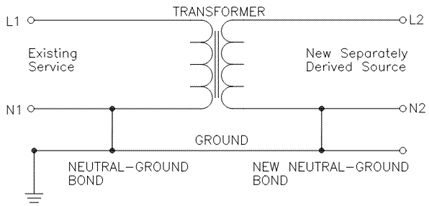
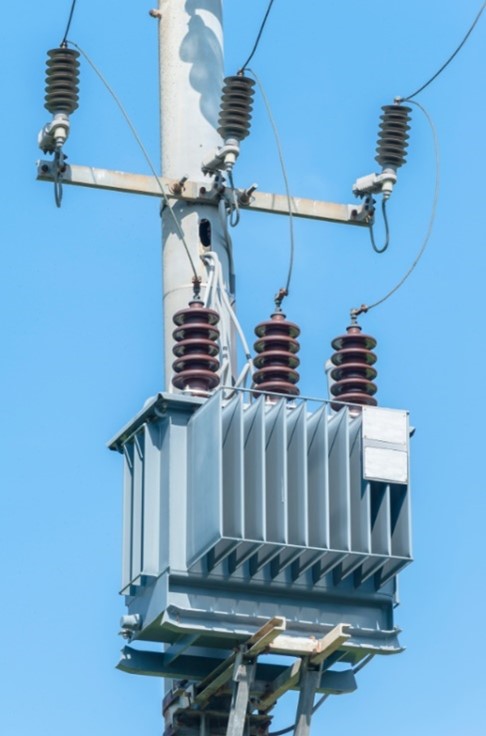
National Electrical Code [NEC] article 100 defines separately derived system as ‘A premises wiring system whose power is derived from a source of electrical energy or equipment other than a service. Such systems have no direct electrical connection, including solidly connected grounded circuit conductor (Neutral) to supply conductors originating in another system’. Note that the term ‘service’ means electric utility power.
Referring to figure 1, we can see that the existing service neutral is ‘not carried over’ and a ‘new neutral’ is derived at the secondary of isolation transformer. The circuit on the secondary side of this transformer can be called separately derived. Generator with 3-pole ATS and no interconnected neutral is also separately derived system as shown below.
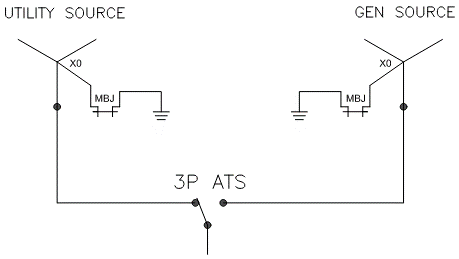
Generator used with 4-pole automatic transfer switch [ATS] as shown in figure 3 is also separately derived. When 4-pole ATS transfer from utility source, three phases + neutral are switched to generator and the load now has a ‘new neutral’ that is referenced to ground at the generator instead of neutral that is grounded at the utility source.
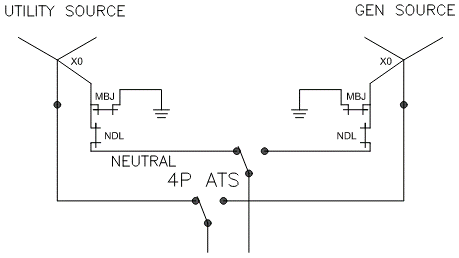
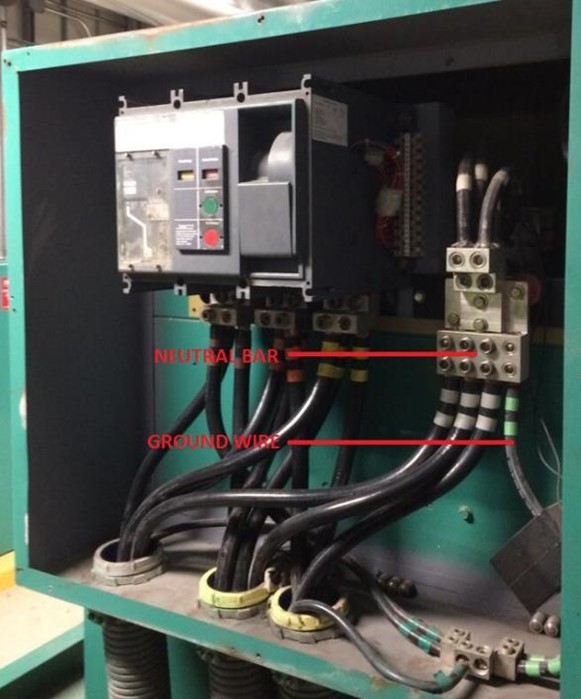
Referring to figure 3, source neutral (X0) is connected to ground grid using main bonding jumper [MBJ] while Neutral disconnect link [NDL] is used to isolate neutral bus from the source.
Note that interconnection of grounding (earth wire) or bonding conductors between service and the alternate source is allowed and does not compromise integrity of separately derived system.
Read: Single point grounding in power systems
Advantages of separately derived system
Having separately derived system by means of an isolation transformer as shown in figure 1 has the benefit of reducing common mode noise and thus improve power quality. Common mode noise on the neutral-ground conductor will not propagate to the load, however differential noise (phase-neutral) will not be blocked. To provide noise free connection to sensitive electronic loads, a combination of isolation transformer and isolated ground receptacle can be considered to provide additional ground noise elimination.
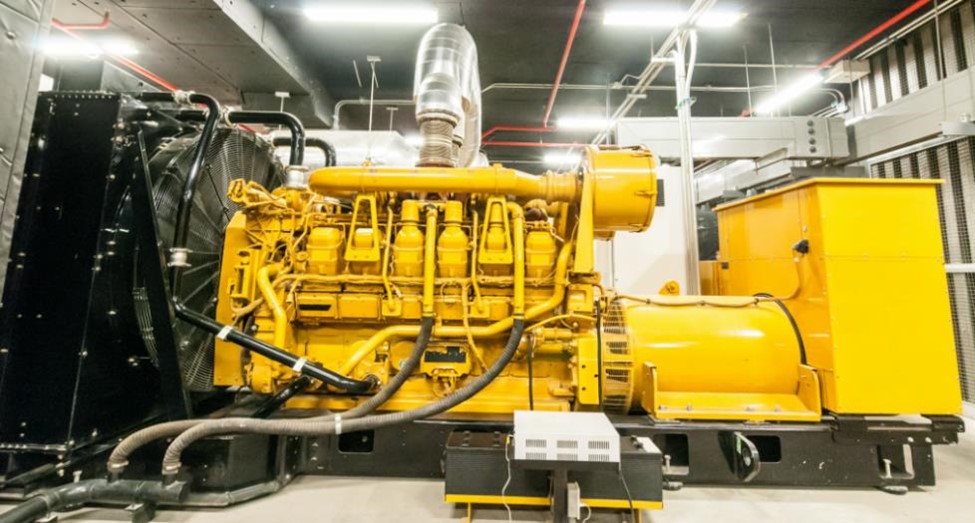
Having a separately derived system simplifies ground fault sensing unlike the complicated ground fault detection schemes of non-separately derived systems with interconnected neutral.
Separately derived systems will have very little circulating current within the switchboard whereas non-separately derived systems with interconnected neutral invariably results in circulating neutral/ground current within the switchboard and in the grounding grid adjacent to switchboard and the service transformer. See figure 8.
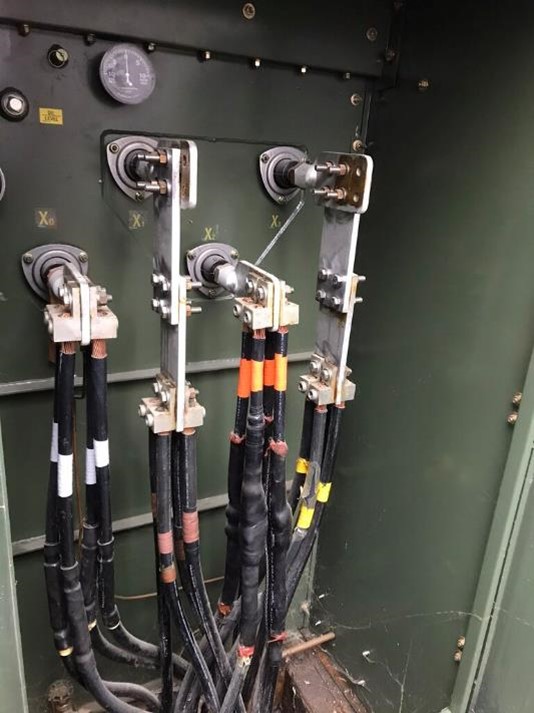
Disadvantages of separately derived system
- To keep the neutral separate, four pole switching will have to be used. Four pole ATS (4P ATS) and four pole circuit breakers (4P CB) are very expensive.
- Switchgear with 4P ATS or 4P CB will have larger foot print.
- Switching neutral in 4P ATS or 4P CB can lead to voltage sensing issues in UPS and other sensitive electronics loads. Some users prefer ATS with overlapping neutral for this reason though the benefits are questionable.
- Four pole ATS with overlapping neutrals parallel two neutrals which may create momentary current flow that may activate ground fault protection if both sources are live.
- Parallel operation of separately derived sources with interconnected neutral is not possible. If there is no interconnected neutral, then parallel operation can be performed.
Non-Separately Derived System
Non-separately derived system will have two or more sources with neutral of each source solidly connected to each other.
Example of non-separately derived system is a generator with three phase and grounded neutral (3P+N) connected to a 3P+N utility through a 3P ATS and common neutral bus. Key idea to remember here is that non-separately derived systems have shared neutral.
Read: Multi point grounding in power systems
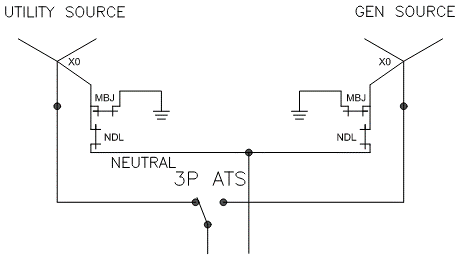
Advantages of non-separately derived system
- Parallel operation of two or more sources with interconnected neutral is possible.
- Three pole circuit breaker (3P CB) or three pole ATS (3P ATS) can be used which are less expensive, more commonly available and takes less floor space.
Disadvantages of non-separately derived system
Both service and generator neutrals are connected in the switchboard. By interconnecting the neutrals that are grounded separately at two locations we have created parallel path for normal neutral return current. Current will also take parallel path during ground fault wherein fault current would split between the two neutral-ground connections and will make traditional zero sequence or residual ground fault sensing ineffective.
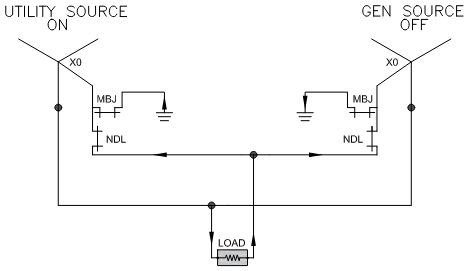
Circulating neutral current and inability to perform ground fault sensing using zero sequence CT or residually connected CT is the reason complicated differential ground schemes are necessary for non-separately derived systems. When ground and neutral currents are accurately measured and accounted for in differential ground fault scheme, non-separately derived system offers as much performance or more as separately derived system. Only exception to this is the power quality benefits by using an isolation transformer to derive a separately derived system.
Read: CT shorting block
Summary:
Separately derived system does not share neutral between service and the alternate source. When sources are switched, all three phases plus neutral are switched using a 4P ATS or 4P CB making the installation expensive and occupying more floor space. Secondary side of an isolation transformer is also a separately derived system. Separately derived source obtained by means of an isolation transformer provide some power quality benefits. Separately derived systems do not result in circulating neutral or ground current and ground fault sensing using well understood zero sequence or residual scheme is possible. Parallel operation of two sources with common shared neutral is not possible.
Non-separately derived systems share neutral between the service and the alternate source. When sources are switched, only three phases are switched using a 3P ATS or 3P CB, while the neutrals are bolted together simplifying the installation. Non-separately derived system does result in circulating neutral or ground current and ground fault sensing using well understood zero sequence or residual scheme is not possible. Complex differential ground fault sensing schemes has to be implemented to obtain reliable ground fault detection when two or more sources are interconnected. Parallel operation of two sources with shared neutral is possible.
